My recent explorations into the origins and development of ideas about giants and creationism suggest that modern Young Earth Creationism (YEC) has its roots in the Seventh-Day Adventist church (SDA) and the prophetic writings of Ellen G. White. The SDA was officially founded in 1863. The Millerite movement from which it developed dates back to the early 1840s. The Millerites do not appear to have been concerned with giants (they appear to have been more worried about the coming apocalypse than they were with details of creation). So there's something interesting to be understood about how/why the ideas of giants that were still around in the late 1800s became part of the doctrine of several indigenous American religious sects.
Ellen G. White's late 19th century writings about the Antediluvian Earth came after science had mostly discarded (through falsification) notions of a very young earth that had been affected by a catastrophic global flood just a few thousand years in the past. The 1800s saw a dramatic shift in scientific thought as the results of empirical work replaced the Bible as sources of information about the past. Supporters of giants dwindled as our knowledge about the past (and about geology, paleontology, anatomy, etc.) increased in breadth, accuracy, and detail.
I've come across a few "mistakes were made" accounts from the early 1800s that I wanted to share, mostly as a way to put them where I can find them again (and so I can close browser tabs on my phone).
The first example is a famous one: a skeleton of a pre-Flood human found in Tertiary slate. The correct identification of the bones as those of a large salamander, published in The Lancet in 1834 (page 625-626) by Robert E. Grant (M.D.) is scolding in its tone:
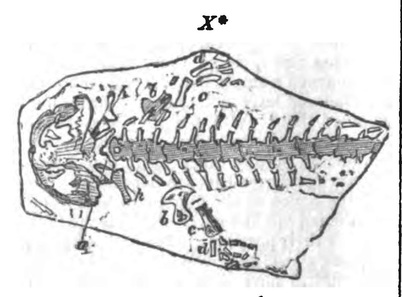 The fossil of a salamander that was interpreted as the bones of an antediluvian human in the early 1800s.
The fossil of a salamander that was interpreted as the bones of an antediluvian human in the early 1800s. In a later lecture (also published in The Lancet in 1834 - I found it here and here) Grant discusses how fragments of tortoise shells have been mistaken for giant human skulls:
"From the flatness and arched form of these bones, and from the sutures which bind them anteriorly and posteriorly, they have been mistaken for parts of the human skull. And from the great magnitude of these bones, it was natural to imagine that such a skull must have belonged to a human being of enormous size—an antediluvian giant."
Anyone who has ever looked closely at animal bones knows how easy it is to mistake turtle shell for human cranial bone (unless you know what to look for).
Finally, a quote from from an 1826 article by the Reverend John Fleming (The Edinburgh Philosophical Journal XIV(28)):
"As science advanced, these theories of the deluge appeared in their true light; as unsupported by the statements in Scripture and as inconsistent with the phenomena of nature. The skeleton of the antediluvian man became that of an acknowledged reptile; while the grinders and thigh-bones of the giants were admitted to belong to elephants."
Those of you who would like to invoke a Smithsonian-Darwinian conspiracy to explain how evidence of giants "disappears" should note the early dates of these corrections (the Smithsonian wasn't founded until 1846 and On the Origin of Species wasn't published until 1859). As Reverend Fleming discusses, the melting away of a purely biblical understanding of the past -- which included recognizing fossil bones for what they were -- was a result of the cumulative, self-correcting power of science to replace bad interpretations with better ones. It was not then a conspiracy to hide the truth, and it is not now.
The theory of evolution was a direct threat to the creationism inspired by Ellen G. White and espoused by George McCready Price, however, and continues to be seen as threat to fundamentalist creationism today. In light of all that we know about the earth's past today, the evidence for giants is weaker than ever. Recyled claims of giants by "professionals" from the early 1800s is not impressive evidence, given their track record of making some pretty obvious mistakes (remember the 1845 giant from Tennessee?). If you don't believe me, maybe you'll believe Robert Grant. I do.
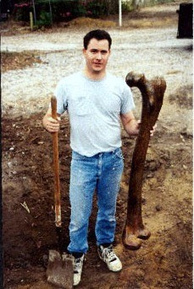
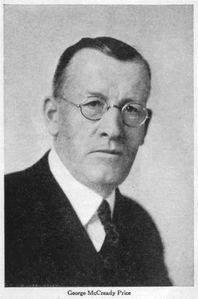
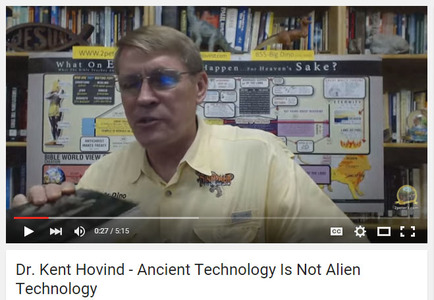
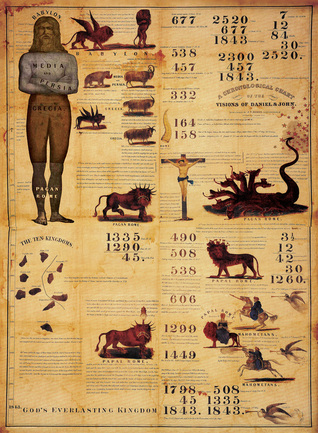
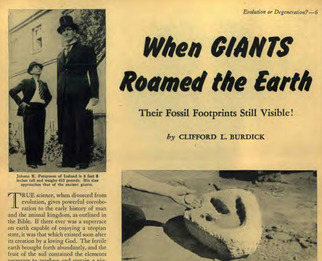
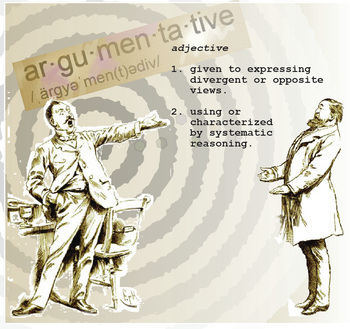
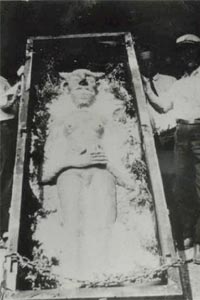
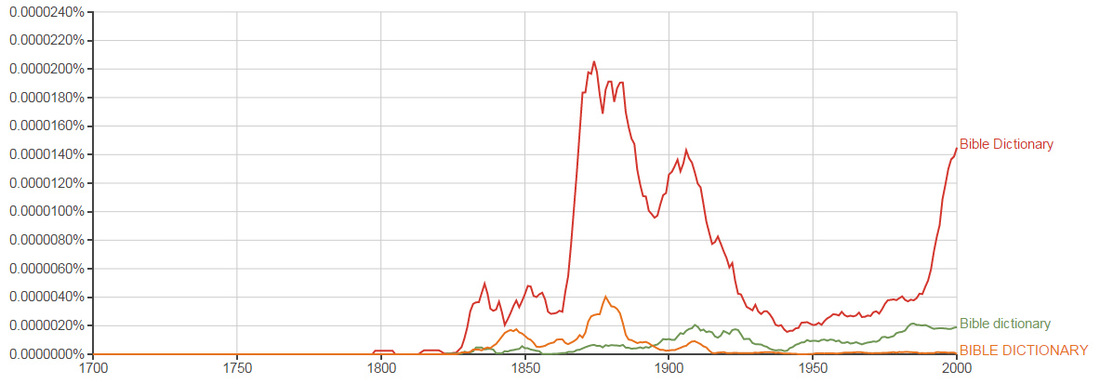
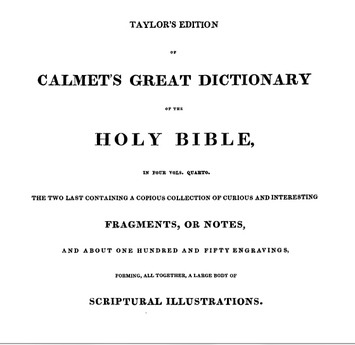




 RSS Feed
RSS Feed
